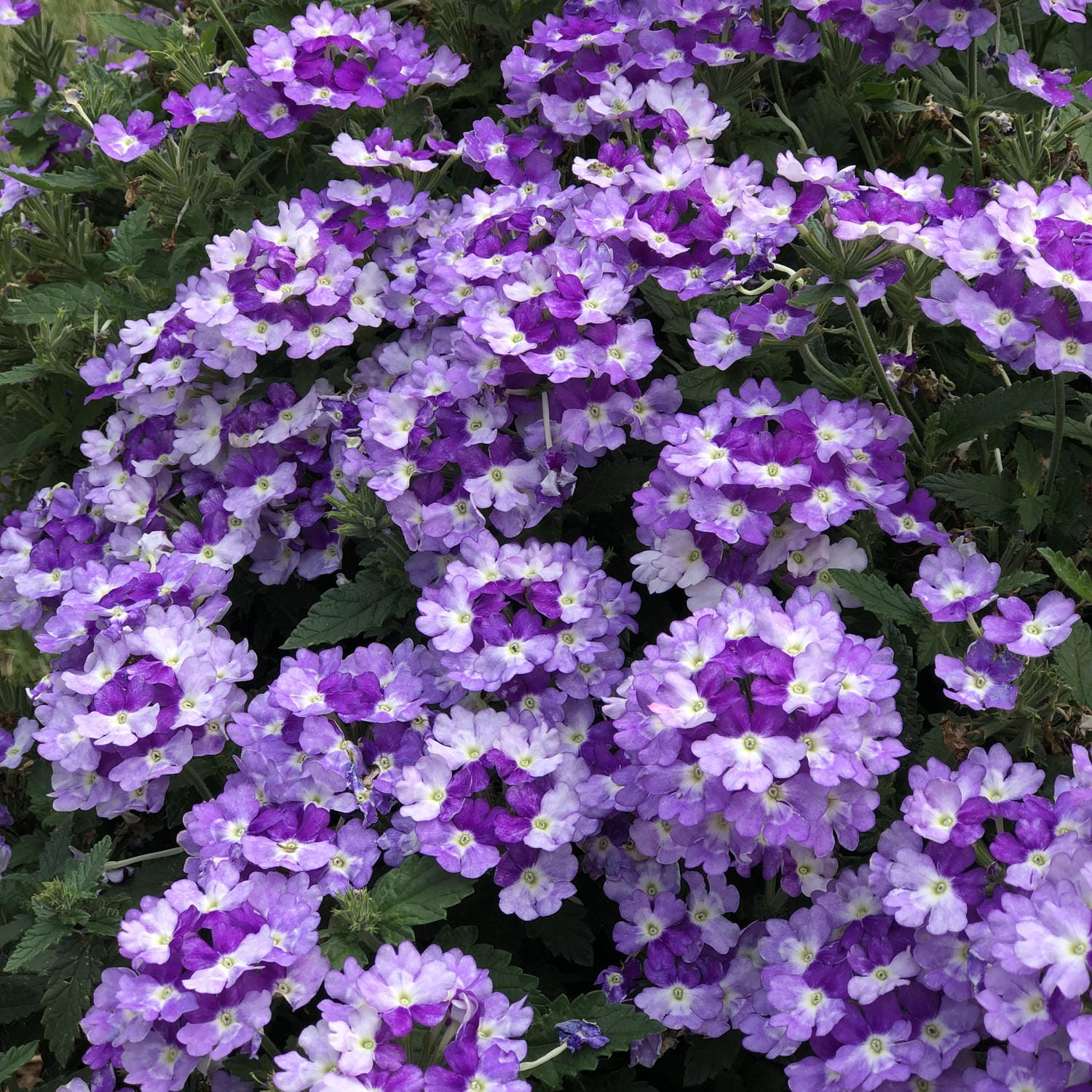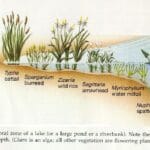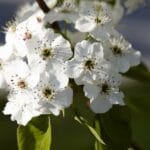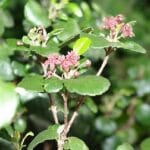Imagine a vibrant cascade of colorful blossoms tumbling over flowerpots and spilling across garden beds. That’s the magic of trailing verbena, a versatile plant that adds a touch of whimsy to any outdoor space. This comprehensive guide will equip you with everything you need to cultivate and care for this enchanting beauty, from selecting the perfect variety to ensuring it thrives and blooms profusely.
Unveiling the Allure of Trailing Verbena
Trailing verbena, with its captivating display of vibrant blossoms and cascading growth habit, is a true garden gem. Whether you’re a seasoned gardener or just starting out, this adaptable plant offers a simple way to infuse your landscape with color and charm. It thrives equally well as a groundcover, weaving a tapestry of color across the ground, or as a dramatic spiller in hanging baskets and window boxes, creating a waterfall of blooms. Roses are beautiful, but they can also be thorny, opt for a rose bush thornless variety, and enjoy the beauty of roses without the prickles.
What Makes Trailing Verbena Unique?
The allure of trailing verbena lies in its delicate yet striking presence. Its spreading stems gracefully creep along the ground or trail over container edges, adding a touch of effortless beauty without overpowering other plants. Picture it cascading over a retaining wall, meandering through a rock garden, or enhancing the vibrancy of hanging baskets and window boxes.
The true spectacle, however, unfolds with its blossoms. Clusters of small, star-shaped flowers create a dazzling display, ranging in color from deep purples and vibrant reds to pristine whites. Popular varieties like ‘Homestead Purple’, ‘Summer Red’, and ‘Snowflurry’ offer a spectrum of choices, allowing you to personalize your garden with your favorite hues.
Cultivating Trailing Verbena: A Step-by-Step Guide
Trailing verbena thrives in sunny locations, so choose a spot that receives at least six hours of direct sunlight daily. While it appreciates warmth, excessive heat can be detrimental. Ideally, trailing verbena flourishes in mild temperatures, typically within USDA Zones 7-9. Like Goldilocks, it prefers conditions that are “just right.” Improve your landscape with a captivating pygmy date palm care that will add a touch of the exotic to your outdoor space.
Watering and Soil
Consistent moisture is key for trailing verbena, but overwatering can lead to root rot. Well-draining soil is crucial to prevent this common issue. Think of a plant in a pot without drainage holes – the stagnant water suffocates the roots. Similarly, in the garden, ensure the soil allows excess water to escape.
Fertilizing
To encourage abundant blooms, a monthly application of a balanced, all-purpose fertilizer during the growing season will provide the necessary nutrients. Think of it as giving your verbena a vitamin boost.
Deadheading for Continuous Blooms
Deadheading, the removal of spent blooms, is a simple yet effective technique to promote continuous flowering. By removing faded flowers, you redirect the plant’s energy from seed production to creating new blossoms. It’s similar to pruning a rose bush to stimulate new growth.
Disease Resistance
Trailing verbena boasts a commendable resistance to mildew, a common fungal disease that can affect other plants. Varieties like ‘Homestead Purple’ are particularly renowned for their mildew resistance, making them a low-maintenance choice for gardeners seeking vibrant blooms without the constant battle against disease.
Troubleshooting
While generally low-maintenance, trailing verbena can occasionally experience issues like powdery mildew, a white, powdery coating on the leaves, particularly in humid conditions. It resembles a thin layer of dust. If you notice powdery mildew, promptly remove the affected leaves and improve air circulation around the plants to prevent the fungus from spreading.
Key Points of Growing Trailing Verbena:
- Appearance: Cascading stems adorned with star-shaped flowers in a diverse range of colors.
- Growth Habit: Groundcover or trailing over containers, adding a splash of charm.
- Sunlight: At least six hours of direct sunlight daily.
- Temperature: Thrives in mild temperatures (USDA Zones 7-9).
- Watering: Consistently moist soil, but avoid overwatering.
- Drainage: Essential to prevent root rot.
- Fertilization: Monthly application of a balanced fertilizer.
- Deadheading: Removing spent blooms encourages continuous flowering.
- Resistance: Varieties like ‘Homestead Purple’ exhibit mildew resistance.
- Troubleshooting: Powdery mildew can occur in humid conditions; remove affected leaves and improve air circulation.
Is Trailing Verbena an Annual or a Perennial?
The lifespan of trailing verbena is somewhat nuanced. It typically behaves as an annual, completing its lifecycle within a single growing season. However, in warmer climates, particularly USDA Zones 9-11, some varieties can exhibit perennial characteristics, potentially returning year after year.
This distinction depends on various factors, including the specific variety and your local climate. Some varieties are inherently more cold-hardy than others. In regions with mild winters, the likelihood of trailing verbena returning as a perennial increases. If your area doesn’t require a heavy winter coat, your trailing verbena probably won’t either.
Unless you live in a warmer climate or have specific information about a particularly hardy variety, it’s generally advisable to treat trailing verbena as an annual. Researching the specific type you’re interested in will provide a better understanding of its likely lifespan in your area. Consulting your local garden center experts can also be helpful.
While our current understanding of trailing verbena’s behavior is generally sound, ongoing research may reveal more nuances about plant lifecycles. Factors like soil conditions, sun exposure, and even microclimates within a garden can influence a plant’s behavior. While we can make informed estimations about a plant’s lifespan, there’s always a degree of unpredictability in gardening.
| Characteristic | Trailing Verbena (General) | Trailing Verbena (Warm Climates) |
|---|---|---|
| Typical Lifespan | Annual | Can behave as a Perennial |
| Hardiness Zones | Varies | 9-11 |
| Overwintering | Generally no | Possible |
| Return in Spring | Generally no | Likely in suitable conditions |
Should Trailing Verbena Be Deadheaded?
Deadheading, the removal of spent blooms, is generally beneficial for trailing verbena. It redirects the plant’s energy from seed production to generating new flowers, potentially extending the blooming period into fall. It also maintains a tidy appearance.
Benefits of Deadheading:
- More Flowers, Longer Blooming Season: Deadheading encourages the plant to produce more blossoms rather than seeds.
- Tidy Appearance: Prevents the unsightly appearance of faded flowers.
- Controls Self-Seeding: Useful if you want to manage the spread of your verbena.
- Potentially Stronger Plants: Some believe deadheading allows the plant to focus resources on growth and vigor.
How and When to Deadhead:
You can simply pinch off spent blooms with your fingers or use pruning shears. Some prefer removing individual flowers; others remove the entire stem below the faded cluster. Deadhead regularly throughout the growing season, ideally weekly or even daily.
Nuances of Deadheading:
While generally beneficial, some experts suggest that allowing some flowers to go to seed later in the season can benefit the plant’s long-term health and attract beneficial wildlife. It’s about finding a balance. Ongoing research continues to refine our understanding of deadheading’s impact on specific plant varieties.
Do Verbenas Come Back Each Year?
Whether a verbena returns yearly depends on its classification as an annual or a perennial. Annuals complete their lifecycle in one season, while perennials return year after year. Identifying your specific verbena variety is key to determining its lifespan. Some common trailing varieties include Verbena rigida and Verbena bonariensis. Checking plant tags or researching the variety online can clarify its classification.
Annual vs. Perennial Verbenas:
- Annuals: Complete their lifecycle within a single growing season.
- Perennials: Die back in winter but re-emerge in spring from their established roots.
Caring for Perennial Verbenas:
Perennial verbenas, especially in colder climates, benefit from winter protection. Mulching around the base acts as insulation for the roots. Cutting back old stems in the fall, while seemingly drastic, conserves the plant’s energy for root development.
General Verbena Care:
- Sunlight and Drainage: Plant in a sunny location with well-drained soil.
- Nutrient Boost: Amend the soil with compost or a balanced fertilizer.
- Regular Watering: Water consistently, especially during dry periods, but avoid overwatering.
- Deadheading: Promotes prolonged blooming.
While much is known about verbena care, research continues to evolve our understanding of these plants, including the cold hardiness of different varieties and optimal overwintering methods. Learning about your specific verbena variety’s needs will help it thrive.
- Discover Long Black Pepper: Flavor & Health Benefits - April 25, 2025
- Shocking Twists: The Grownup Review: Unreliable Narration - April 25, 2025
- A Quiet Place Book vs Movie: A Deep Dive - April 25, 2025
















